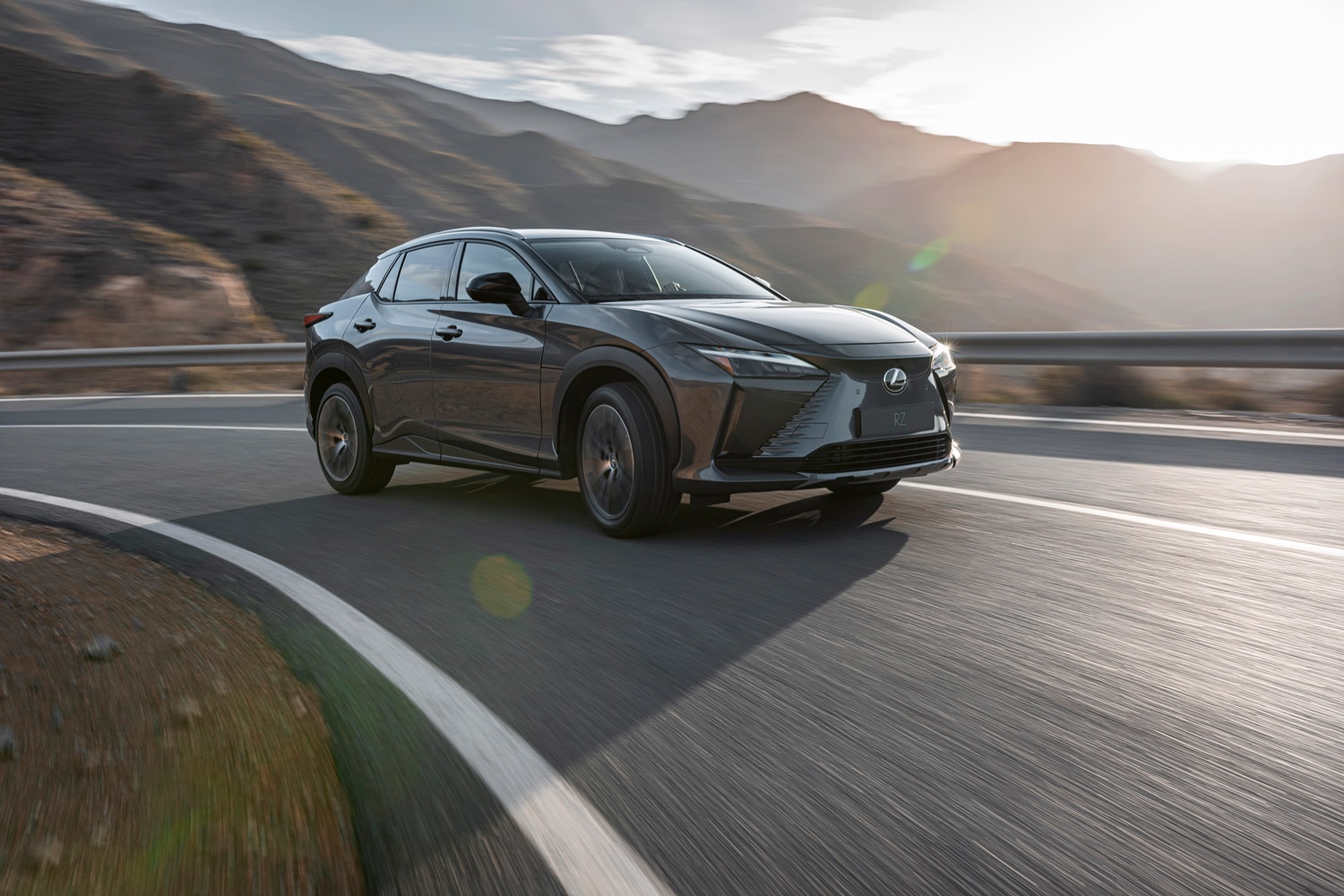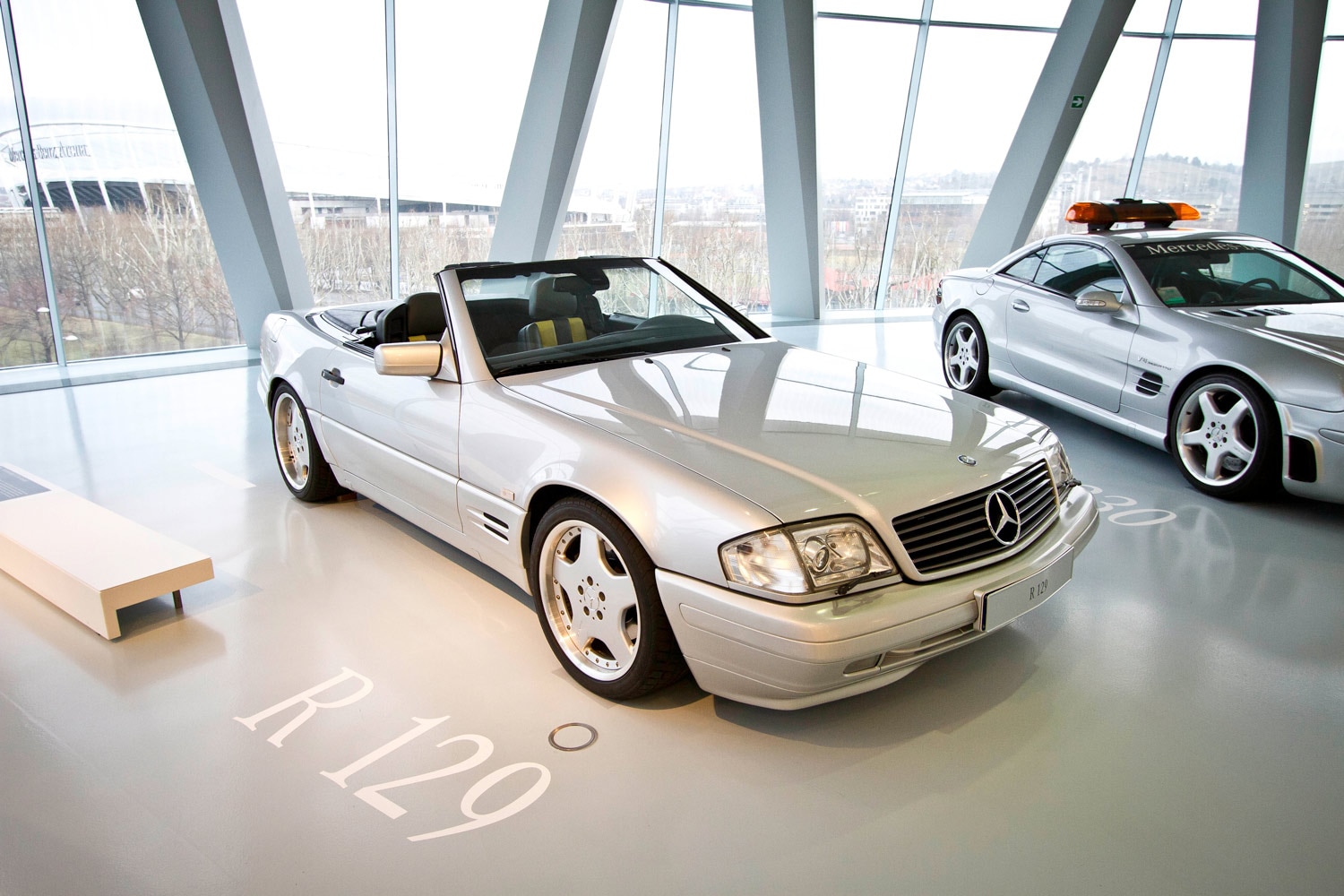How Drive-By-Wire Makes Cars Safer
Eliminating mechanical connections allows automakers to leverage high-tech features for crash avoidance.
 Lexus
Lexus
The age of purely mechanical connections in an automobile is over. Today, drive-by-wire technology is increasingly used in new vehicle powertrains, especially in electrified vehicles and those with advanced driver-assistance systems (ADAS).
What is drive-by-wire?
In short, a drive-by-wire system replaces the direct mechanical connection between something the driver does with an electronic system that uses the driver’s input to create electronic controls. So, in a brake-by-wire system, the driver’s foot pressure on the brake pedal sends a signal to a processor, and the processor then applies the desired pressure to the brake pads, slowing down the vehicle.
 Lexus
Lexus
In a steer-by-wire system, any torque applied to the steering wheel sends electrical signals telling the wheels how much to rotate. Models such as the 2023 Lexus RZ shown here have taken the idea even further and allow the drivers to achieve maximum steering angle without having to spin the wheel hand over hand like they would with a traditional steering wheel.
 Mercedes-Benz
Mercedes-Benz
A history of safety concerns
Drivers and engineers have been concerned about the safety of by-wire systems for decades. As the SAE was investigating drive-by-wire technologies in 1994, it was already talking about “dual-redundant computer architecture” to ensure a backup system would take over should the primary system fail. Simply moving to a drive-by-wire would change the vehicle’s dynamics, the SAE said, and that would “significantly extend the performance capabilities as well as enhance the safety characteristics.”
 Mercedes-Benz
Mercedes-Benz
A 2001 Wall Street Journal
Drive-by-wire controls and safety today
Whether future autonomous vehicles or cars with human drivers use them, drive-by-wire systems can make vehicles safer. In 2021, Brembo introduced a modular brake-by-wire system called Sensify, which the company claims will offer more precise control over braking pressure. By making each brake controller independent, the system manages braking forces at each wheel independently, which allows for lower emissions, better performance, and, in Brembo’s words, “total safety.” Time will tell if Sensify can live up to that goal. Sensify should be in production by 2024.
Modern cars, especially those with ADAS or limited hands-free driving technology, are aware of road and weather conditions. By-wire systems can use this information to adjust the driver’s inputs if they might cause an accident. With ADAS engaged, the speed at which the car’s computers can make decisions and send them to the appropriate physical components — brake now, steer this way — is far faster than a human driver. Drive-by-wire is vital to the development of autonomous vehicles as well, allowing the software to make decisions that directly control the vehicle’s direction and speed.
Critical by-wire systems are designed with redundant safety backups. For example, a physical connection remains between the pedal and the brakes in brake-by-wire. If the electronic system fails, a valve will open that returns braking power to the conventional hydraulic brake system.
Written by humans.
Edited by humans.
 Sebastian Blanco
Sebastian BlancoSebastian Blanco has been writing about electric vehicles, hybrids, and hydrogen cars since 2006. His first green-car media event was the launch of the first Tesla Roadster in 2006, an event where he almost elbowed Arnold Schwarzenegger in the groin. Since then, he has been tracking the shift away from gasoline-powered vehicles and discovering the new technology's importance not just for the auto industry, but for the world as a whole.
Related articles
View more related articles